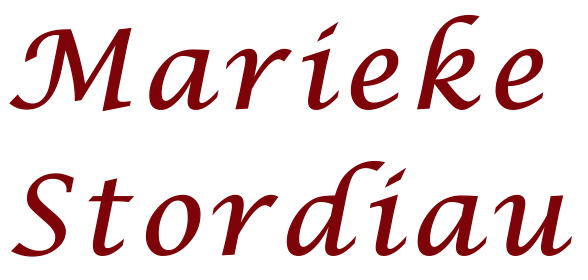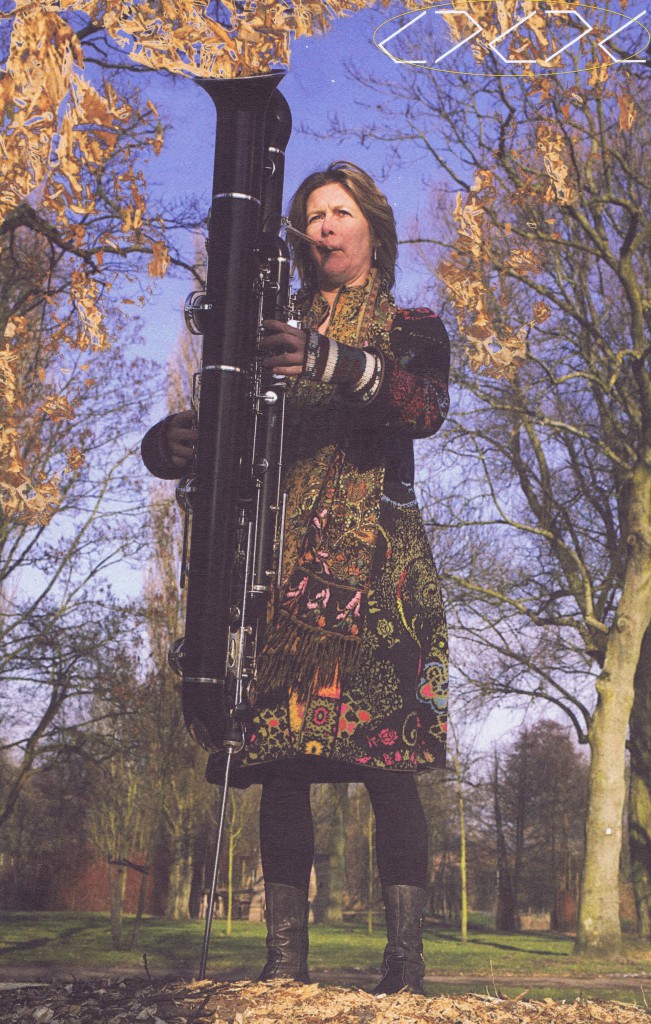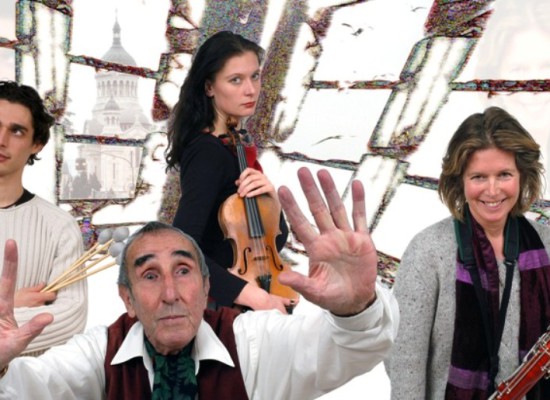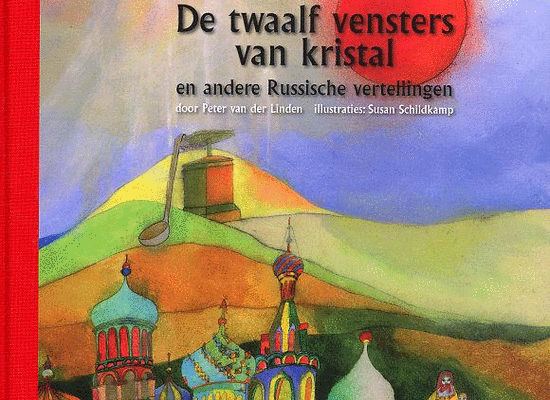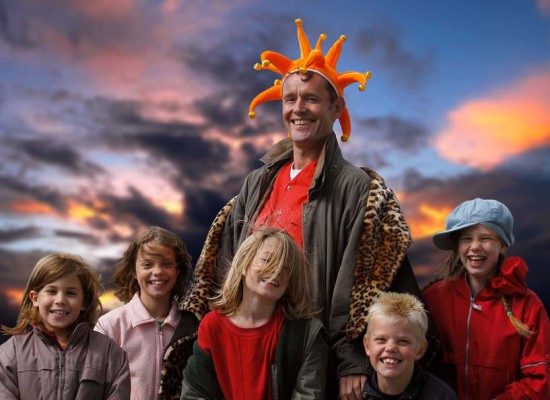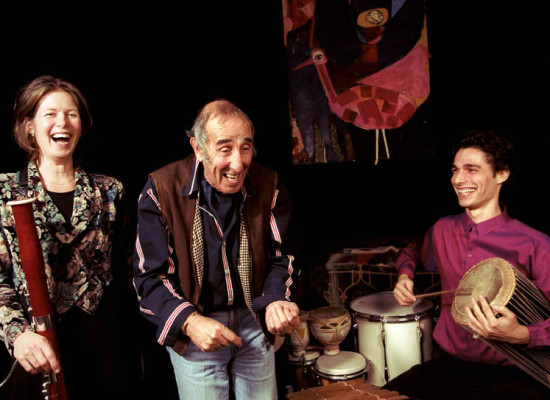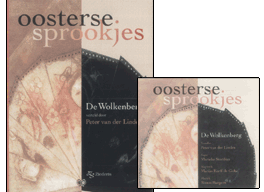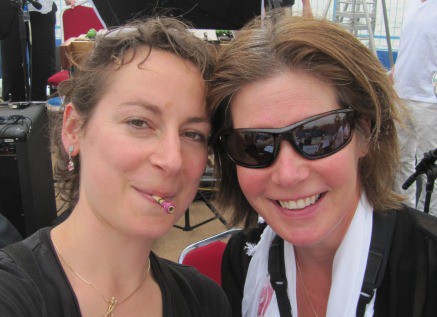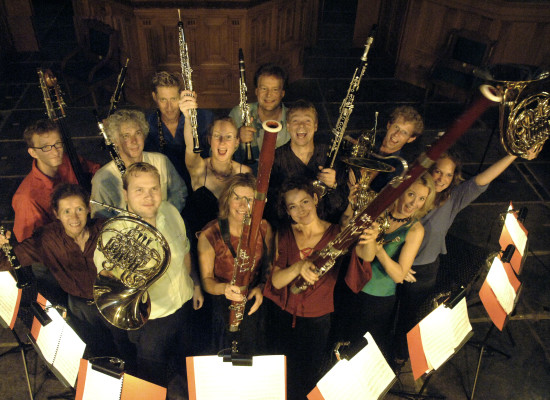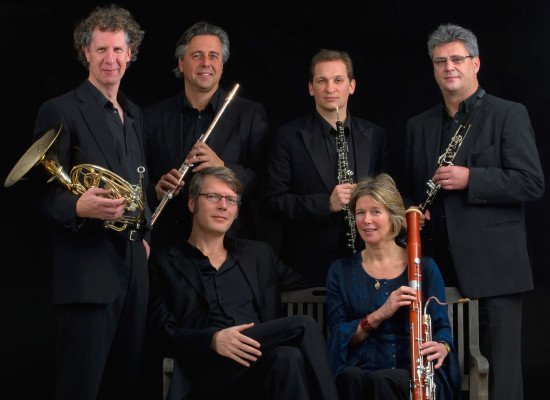Since the early 1990s Marieke Stordiau has been a part of the core group of the Nederlands Blazers Ensemble/Netherlands Wind Ensemble (NBE). In this leading Dutch music ensemble she has shown her versatility as a musician, playing old as well as new repertoire and engaging with traditional and contemporary music theatre. The quest for the roost of musical interplay and performance leads the musicians of the NBE regularly to projects that employ only period instruments. Marieke’s passion for the contraforte (a redesign of the contrabassoon developed by Guntram Wolf), proved to be a source of inspiration to many composers and orchestrators that wrote pieces for the NBE. In 2007 Marieke also became a member of the Hexagon Ensemble, which consists of five wind players and a pianist. Together with this ensemble she develops inventive multidisciplinary projects: performances that connect music with visual art, contemporary multimedia programs and projects in which opera is adapted for music theatre. In addition to her performances at the NBE and the Hexagon Ensemble, Marieke is also involved with a variety of other projects, such as in Ludwig (Ludwig loves Barbara, Kinder Mattheus Picnic at the Olympics), Metropole Orkest (Cross links festival) and several other orchestras, including the Rotterdam Philharmonic Orchestra, the Netherlands Symphony Orchestra, The Arnhem Philharmonic Orchestra and the Royal Concertgebouw Orchestra.
Marieke Stordiau started playing the bassoon at the age of fourteen. Her first lessons were with Willem Ravelli. A few years later she studied with John Mostard and Brian Pollard at the Conservatorium van Amsterdam. She then started playing in the Rotterdam Philharmonic Orchestra when she was twenty-three. Under the musical guidance of chief conductors James Conlon and Valery Gergiev the orchestra did not only perform in the Netherlands, but also had many successful tours throughout Europe and in the United States, Japan and Korea.
For many years Marieke formed the duo Stordbak with pianist Marjolein Bakker. During that time, they played classic repertoire for bassoon and piano, but also performed new works by Chiel Meijering, such as I can’t get no satisfaction. Kees Olthuis wrote Toccato and Het Hemels Fagotje especially for them. This last work, with text by Dutch writer Annie M.G. Schmit, is a music theatre program that includes acrobats and a narrator and was performed for people of all ages. In 2001 Marieke decided to leave the Rotterdam Philharmonic Orchestra. Instead she choose for chamber music, the flexibility of freelancing and a world of folk tales.
Soon after that Marieke founded Stichting De Luie Vrouw. This foundation initiated performances centered around different folk tales and fables originating from a variety of cultural traditions. In changing chamber music formations and in cooperation with composers and narrators, she created exciting performances that combined music and storytelling aimed at both the young and the old. Together with storyteller Peter van der Linden, the foundation produced two successful CD’s: De Wolkenberg (Asian fairy tales) and De Twaalf Vensters van Kristal (Russian fairy tales). A television series about ancient Japanes tales was broadcasted on Dutch public television in 2002 by the renowned VPRO broadcasting company. Over the years, many performances took place in concert halls, schools and festivals. These programs focused on tales with evocative titles such as the Grateful Pine Tree, the Dancing Crane, the Samurai Warrior and the Zen Master. After seven years, the tales had been told.
